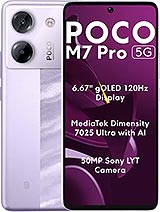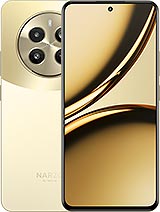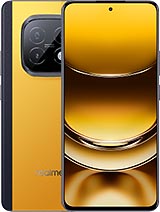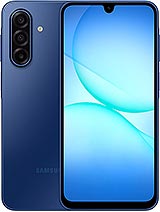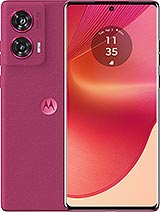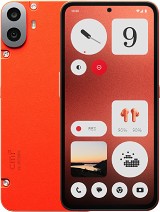Infinix Note 50s alternatives
Tap above to see alternatives.
Samsung Galaxy F14 alternatives
Tap above to see alternatives.
Infinix Note 50s
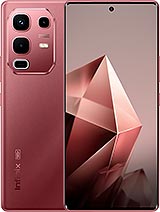
Infinix Note 50s
-
Dimensity 7300
4 nm
-
5500 mAh
45W
-
6.78"
1080 x 2436 pixels
-
64 MP
4K@30fps
-
Specs

Samsung Galaxy F14
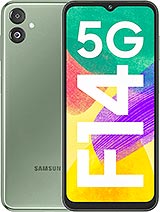
Samsung Galaxy F14
-
Exynos 1330
5 nm
-
6000 mAh
25W
-
6.6"
1080x2408 pixels
-
50 MP
1080p@30fps
- Specs
4x2.5 GHz Cortex-A78
4x2.0 GHz Cortex-A55
2x2.4 GHz Cortex-A78
6x2.0 GHz Cortex-A55
8GB 256GB (UFS 2.2)
6GB 128GB (UFS 2.2)
f/1.8, (wide), 1/1.73", 0.8µm, Sony IMX682, PDAF
2 MP
f/1.8, (wide), PDAF
2 MP
f/2.4, (macro)
1080p@30fps
f/2.2, (wide)
f/2.0, (wide)
1080p@30fps
SIM1: Nano, SIM2: Nano
SIM1: Nano, SIM2: Nano
10 5G bands
n1, n3, n5, n8, n28, n38, n40, n41, n77, n78
13 5G bands
n1, n3, n5, n7, n8, n20, n28, n38, n40, n41, n66, n77, n78
In this performance comparison, the Infinix Note 50s with its Mediatek Dimensity 7300 (4nm) performs better than the Samsung Galaxy F14 with the Exynos 1330 (5nm), thanks to superior chipset efficiency.
Infinix Note 50s launched with Android 15 and will receive updates until Android 17, whereas Samsung Galaxy F14 launched with Android 13 and will get Android 15. Infinix Note 50s will get security updates until 2028 (approx. 3 years), while Samsung Galaxy F14 is supported till 2027.
Infinix Note 50s features a superior AMOLED display, while Samsung Galaxy F14 comes with an LCD panel. In terms of smoothness, Infinix Note 50s offers a higher 144 Hz refresh rate, ensuring fluid scrolling and animations. Both devices deliver the same brightness level at nits. Both phones have the same screen resolution.
Samsung Galaxy F14 features a larger 6000 mAh battery, potentially delivering better battery life. Infinix Note 50s also supports faster wired charging at 45W, compared to 25W on Samsung Galaxy F14.
Infinix Note 50s includes an IP64 rating, while Samsung Galaxy F14 lacks an official IP rating.
¹ Scores can vary even with the same chipset due to RAM, thermals, and software optimization.


